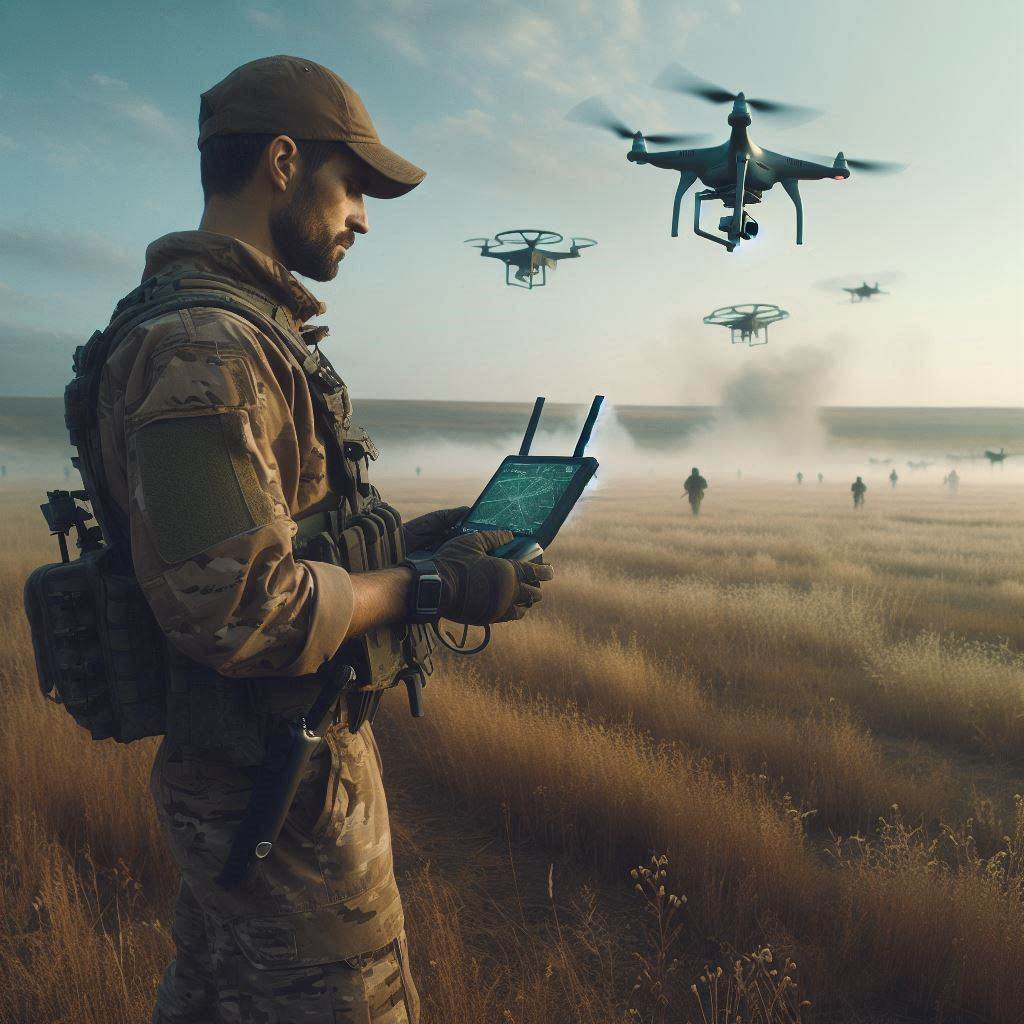Drone Footage as a Tool for Propaganda and Perception Shaping
The use of drone footage in the Ukraine conflict has become a pivotal aspect of how the war is perceived globally. This technology allows for unprecedented access to the battlefield, offering a raw and unfiltered view of the conflict’s intensity and scope. However, the dissemination of this footage is not without its complexities, as it becomes entangled in the broader narrative of information warfare.
Selective and Biased Representation
Both Ukrainian and Russian forces utilize drone footage strategically, selecting and presenting clips that reinforce their respective narratives. These videos, often showcasing successful attacks or demonstrating technological prowess, are designed to sway public opinion and influence international support. The footage, whether depicting drone-on-drone engagements or the aftermath of bombings, is inherently biased, focusing on successes while omitting failures or errors.
Influence on International Support
The effectiveness of this strategy is evident in how it influences the flow of military aid and international sympathy. By portraying themselves as technologically advanced and militarily competent, Ukraine aims to secure continued support from its allies. Conversely, Russia seeks to project strength and deter further intervention. This dynamic underscores the importance of drone footage in shaping global perceptions of the conflict.
Challenges in Interpretation
While drone footage provides a unique insight into the realities of modern warfare, interpreting this information requires caution. The selective nature of the footage, combined with the potential for manipulation, makes it challenging to discern the true state of affairs on the ground. Experts warn against taking the footage at face value, emphasizing the need for critical analysis and cross-referencing with other sources of information.
Conclusion
The role of drone footage in the Ukraine conflict highlights the intersection of technology and information warfare. While offering a glimpse into the harsh realities of battle, the selective presentation and potential for bias complicate efforts to understand and respond to the conflict. As the war progresses, the influence of drone footage on public opinion and international policy will remain a critical factor in shaping the course of events.





